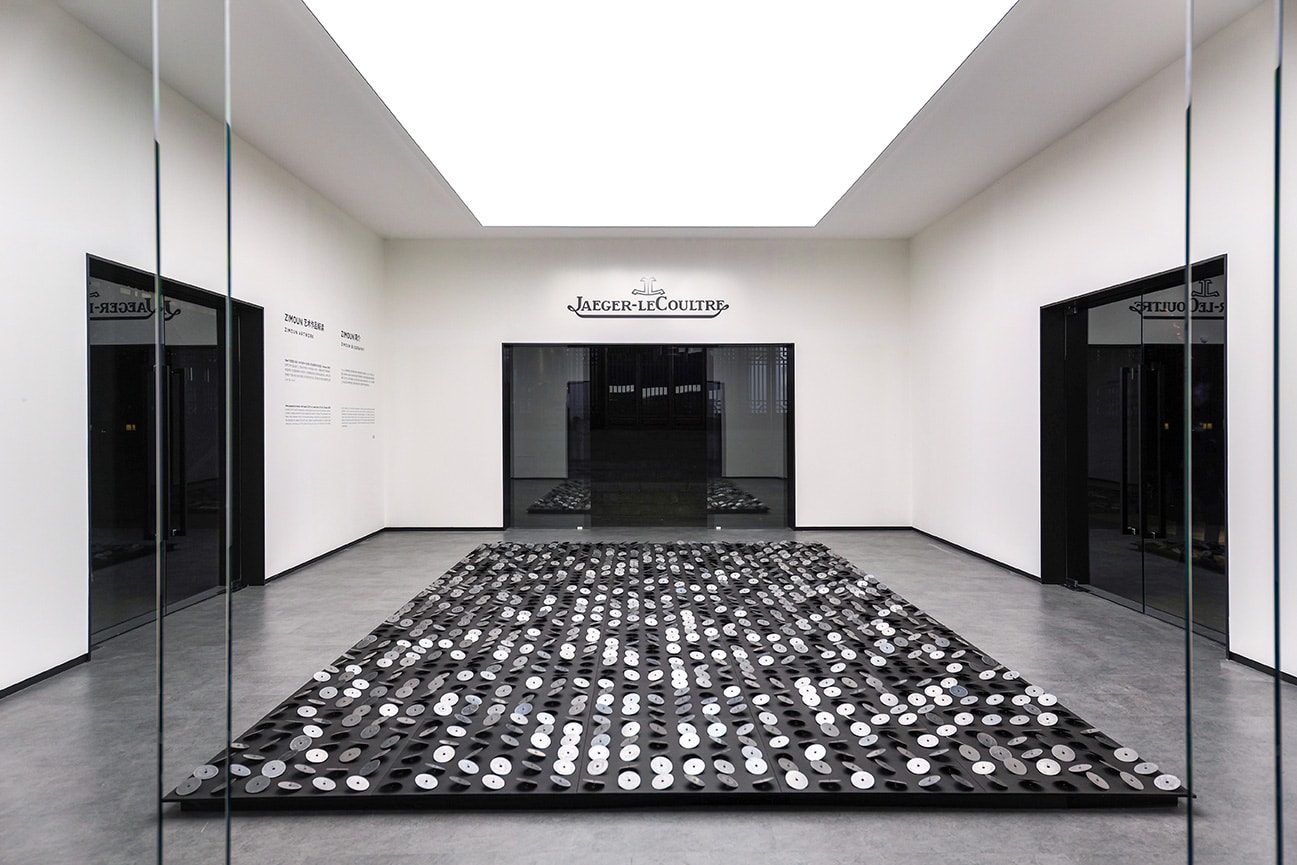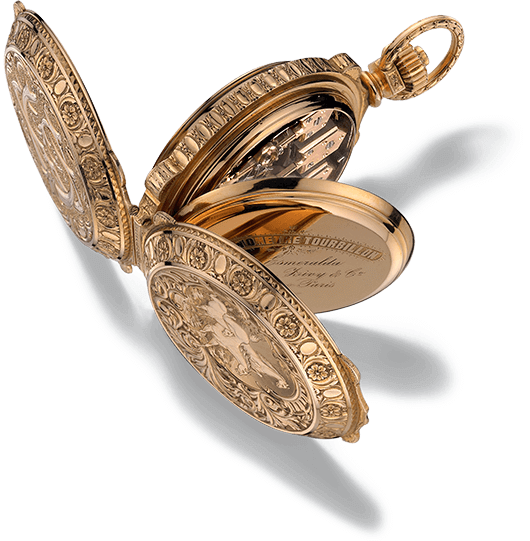JAEGER-LECOULTRE ANNOUNCES THE SOUND MAKER EXHIBITION IN CHENGDU, CHINA
UNVEILING A NEWLY COMMISSIONED WORK BY RENOWNED SWISS ARTIST, ZIMOUN, AND EXPLORING A RICH HERITAGE OF CHIMING WATCHES
THE SOUND MAKER exhibition, a highlight of Jaeger-LeCoultre’s year-long celebration of the art of sound in watchmaking, will be inaugurated at Guangdong Hall, Chengdu, starting from November 10th. The exhibition will immerse visitors in the creative and cultural universe of Jaeger-LeCoultre, exploring the uniquely rich heritage – past, present and future – of chiming watches at La Grande Maison, and paying homage to its home in the Vallée de Joux, where the sounds of nature still provide the backdrop to daily life.

A New Art Commission Makes Its World Debut
At the heart of the exhibition, expanding the dialogue that exists between horology and art, a new ‘sound sculpture’ installation commissioned by Jaeger-LeCoultre from the Swiss contemporary artist, Zimoun, will be unveiled for the first time. After its debut in China, the installation will be exhibited around the world during 2021.
In this new work, Zimoun encapsulates the universe of sound – within the Manufacture and in the natural world around it – that is so intrinsic to the spirit of Jaeger-LeCoultre. He employs simple raw materials and repurposed industrial components, including watch parts – and, in doing so, redefines traditional ideas of sculpture, movement and sound, drawing the audience into an almost transcendent world of sensory experience.
“I first got hooked by the sound, like the soft, appeasing sound of the rain,” says Catherine Rénier, Chief Executive Officer of Jaeger-LeCoultre. “As you get closer, the movement of the metal is mesmerizing. Each angle gives a different feeling and invites you to stop, enjoy and listen.”

In the ability to conjure romance from mundane materials and to create evocative sounds through complex systems of structure and mechanics, there are clear parallels between the work of the artist and the watchmakers of the Manufacture Jaeger-LeCoultre. Just as the components of a watch movement seem to take on a life of their own when assembled, the industrially-produced elements that Zimoun combines into his sculptures seem to develop their own behaviour, producing new and unique sounds and visual effects.
When commissioning the new work, Jaeger-LeCoultre invited the artist to spend time in the Vallée de Joux, where he was able to absorb the valley’s natural sounds, and also spend time with the specialists who work on chiming watches within the Manufacture. The fruit of that rich exchange of culture and ideas, Zimoun’s new installation creates a unique aural signature for Jaeger-LeCoultre, evoking the sounds of nature and of the Manufacture, as well as capturing the rippling of light on the surface of the lake seen from the watchmaking ateliers.
The Story of Sound at Jaeger-LeCoultre

THE SOUND MAKER exhibition leads visitors on a journey through Jaeger-LeCoultre’s rich patrimony, celebrating the twin values of tradition and innovation that have guided it throughout its 187-year history. Featuring rare or unique timepieces curated from both historic and contemporary collections, as well as never-previously exhibited documents and artefacts, it traces the evolution of chiming watches from the Maison’s origins to the new 2020 models, and from the most refined minute repeaters and complex sonneries to the highly practical and much-loved Memovox alarm watch.

The journey begins with a retrospective of the earliest and most historically significant of the LeCoultre chiming masterworks – some of which have never been displayed to the public before; it highlights technical inventions and patents that have contributed to Jaeger-LeCoultre’s worldwide renown – and to its status as “the watchmakers’ watchmaker” among other great Maisons that it supplied with movements; it reveals the inner secrets of how chiming watches work; and it honours the skill of the artisans who employed their rare crafts to embellish the most precious timepieces.

Paying tribute to La Grande Maison’s home in the Vallée de Joux, the exhibition also features a captivating 8D video installation that immerses visitors in the natural soundscape of the valley and evokes the watchmakers’ deep connections to their peaceful surroundings.
THE SOUND MAKER exhibition will be presented from November 10th until November 22nd, at Guangdong Hall, Sino-Ocean Taikoo Li Chengdu, China.
ABOUT THE SOUND MAKER
In 2020, Jaeger-LeCoultre celebrates THE SOUND MAKER, paying homage to the sounds of nature that form a backdrop to daily life in the Vallée de Joux, and to its great legacy of chiming timepieces, expressing a century and a half of accumulated expertise in fresh new ways. During the 150 years since the Manufacture developed its first minute repeater in 1870, chiming watches have been a particular forte, with 200 calibres demonstrating its mastery of all forms, from relatively simple alarms to highly complex sonneries and repeaters. In parallel, the Manufacture’s engineers and designers have patented numerous innovations that redefine the benchmark for acoustic quality and beauty.















